-
 Bitcoin
Bitcoin $104,898.8749
-0.78% -
 Ethereum
Ethereum $2,615.0426
0.51% -
 Tether USDt
Tether USDt $1.0005
-0.01% -
 XRP
XRP $2.2066
-2.29% -
 BNB
BNB $663.3742
0.25% -
 Solana
Solana $153.5684
-1.48% -
 USDC
USDC $0.9997
-0.01% -
 Dogecoin
Dogecoin $0.1885
-2.86% -
 TRON
TRON $0.2742
1.23% -
 Cardano
Cardano $0.6668
-2.94% -
 Hyperliquid
Hyperliquid $35.4735
-3.19% -
 Sui
Sui $3.1844
-2.13% -
 Chainlink
Chainlink $13.8404
-2.38% -
 Avalanche
Avalanche $20.1851
-4.74% -
 UNUS SED LEO
UNUS SED LEO $9.0380
1.10% -
 Stellar
Stellar $0.2667
-2.68% -
 Bitcoin Cash
Bitcoin Cash $401.6409
-0.55% -
 Toncoin
Toncoin $3.1678
-0.55% -
 Shiba Inu
Shiba Inu $0.0...01282
-1.97% -
 Hedera
Hedera $0.1674
-3.13% -
 Litecoin
Litecoin $87.9506
-2.05% -
 Polkadot
Polkadot $4.0300
-3.01% -
 Ethena USDe
Ethena USDe $1.0012
0.00% -
 Monero
Monero $315.5111
-8.18% -
 Bitget Token
Bitget Token $4.7725
-0.43% -
 Dai
Dai $0.9998
-0.02% -
 Pepe
Pepe $0.0...01185
-4.01% -
 Pi
Pi $0.6491
-0.24% -
 Aave
Aave $264.2082
-1.01% -
 Uniswap
Uniswap $6.3295
-5.18%
How to set the price strength index parameters? How many days are used for short-term trading?
The Price Strength Index (PSI) helps short-term crypto traders set parameters like 7, 14, or 21 days to gauge momentum and identify trading signals effectively.
May 28, 2025 at 09:42 pm
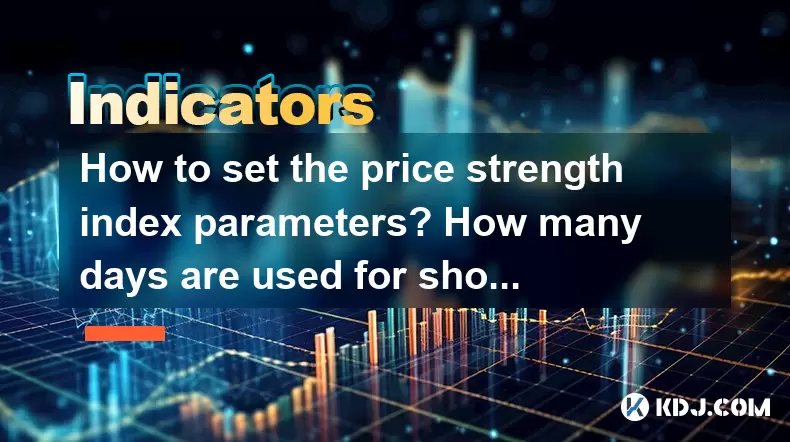
Understanding the Price Strength Index
The Price Strength Index (PSI) is a technical analysis tool used in the cryptocurrency trading community to measure the strength of a price trend. This index helps traders identify potential buy and sell signals by analyzing the momentum of price movements over a specified period. To effectively use the PSI, it is crucial to set the right parameters, particularly the number of days used for calculations. In this article, we will delve into how to set these parameters and discuss the optimal number of days for short-term trading.
Setting the PSI Parameters
Setting the parameters for the PSI involves determining the number of days over which the index will calculate the price strength. This period is critical because it affects the sensitivity of the index to price movements. A shorter period will make the PSI more responsive to recent price changes, while a longer period will smooth out fluctuations and provide a more stable indicator.
Choose the Time Frame: The first step is to decide on the time frame that aligns with your trading strategy. For short-term trading, a common choice is a period of 14 days. This period strikes a balance between responsiveness and stability, making it suitable for traders looking to capitalize on short-term price movements.
Adjust for Sensitivity: If you find that the 14-day setting is too slow or too fast for your trading style, you can adjust it. For instance, reducing the period to 7 days can make the PSI more sensitive to recent price changes, which may be beneficial for very short-term trades. Conversely, extending the period to 21 days can provide a more stable indicator, which might be preferred for slightly longer-term trading within the short-term spectrum.
Test Different Settings: It is advisable to test different settings on historical data to see how the PSI performs with various parameters. This testing can help you find the optimal setting that aligns with your trading strategy and the specific cryptocurrency you are trading.
Short-Term Trading and PSI
Short-term trading in the cryptocurrency market typically involves holding positions for a few days to a few weeks. The PSI can be a valuable tool for short-term traders looking to identify entry and exit points based on momentum.
14-Day Period for General Short-Term Trading: As mentioned earlier, a 14-day period is commonly used for general short-term trading. This period allows traders to capture momentum shifts that occur within a few weeks, which is typical for short-term trading strategies.
7-Day Period for Very Short-Term Trading: For traders who engage in very short-term trading, such as day trading or swing trading within a few days, a 7-day period might be more suitable. This shorter period makes the PSI more responsive to immediate price changes, allowing traders to react quickly to market movements.
21-Day Period for Slightly Longer-Term Trading: If your short-term trading strategy involves holding positions for a bit longer, a 21-day period could be more appropriate. This longer period provides a smoother indicator, which can help filter out short-term noise and focus on more sustained momentum trends.
Applying the PSI in Trading
Once you have set the PSI parameters, you can apply the index to your trading strategy. Here’s how you can use the PSI to make trading decisions:
Identify Overbought and Oversold Conditions: The PSI can help you identify when a cryptocurrency is overbought or oversold. A high PSI value may indicate that the asset is overbought and could be due for a correction, while a low PSI value may suggest that the asset is oversold and could be poised for a rebound.
Look for Divergences: Divergences between the PSI and price action can signal potential trend reversals. For example, if the price of a cryptocurrency is making new highs, but the PSI is not, this could indicate weakening momentum and a potential bearish reversal.
Confirm with Other Indicators: It is always a good idea to confirm PSI signals with other technical indicators, such as moving averages or the Relative Strength Index (RSI). Using multiple indicators can help increase the reliability of your trading signals.
Practical Example of Setting PSI Parameters
To illustrate how to set PSI parameters, let’s walk through a practical example using a trading platform that supports custom indicators.
Open Your Trading Platform: Launch the trading platform you use for cryptocurrency trading.
Access the Indicator Settings: Navigate to the section where you can add or modify technical indicators. This is typically found in the chart settings or a dedicated indicators menu.
Add the PSI Indicator: Search for the Price Strength Index or add it manually if it is not available by default. Some platforms may refer to it as a different name or require you to input a custom formula.
Set the Period: Once the PSI is added to your chart, you will see an option to set the period. Enter 14 for a standard short-term trading setup. If you prefer a different period based on your strategy, enter 7 or 21 accordingly.
Adjust Other Settings: Depending on the platform, you may have other settings to adjust, such as the type of moving average used in the PSI calculation. Make sure these settings align with your trading strategy.
Apply and Analyze: Apply the PSI to your chart and start analyzing the momentum trends. Look for overbought/oversold conditions and divergences to inform your trading decisions.
Frequently Asked Questions
Q: Can the PSI be used for long-term trading?
A: While the PSI is primarily used for short-term trading due to its focus on momentum, it can be adapted for longer-term trading by increasing the period. For instance, using a 50-day or 100-day period can provide insights into longer-term momentum trends. However, other indicators such as moving averages might be more suitable for long-term trend analysis.
Q: How does the PSI differ from the RSI?
A: The Price Strength Index (PSI) and the Relative Strength Index (RSI) both measure momentum, but they use different formulas. The PSI typically uses a moving average of price changes, while the RSI calculates the ratio of average gains to average losses over a specified period. The PSI can be more sensitive to recent price changes, making it suitable for short-term trading, whereas the RSI is often used for both short-term and longer-term analysis.
Q: Is the PSI effective for all cryptocurrencies?
A: The effectiveness of the PSI can vary depending on the liquidity and volatility of the cryptocurrency. For highly liquid and less volatile cryptocurrencies, the PSI can provide reliable signals. However, for less liquid and highly volatile cryptocurrencies, the PSI might produce more false signals due to sudden price swings. It is important to test the PSI on the specific cryptocurrency you are trading to determine its effectiveness.
Q: Can the PSI be used in combination with other trading strategies?
A: Yes, the PSI can be used in combination with other trading strategies to enhance the reliability of trading signals. For example, you might use the PSI to identify momentum trends and then use support and resistance levels to determine entry and exit points. Combining the PSI with other technical analysis tools and fundamental analysis can create a more robust trading strategy.
Disclaimer:info@kdj.com
The information provided is not trading advice. kdj.com does not assume any responsibility for any investments made based on the information provided in this article. Cryptocurrencies are highly volatile and it is highly recommended that you invest with caution after thorough research!
If you believe that the content used on this website infringes your copyright, please contact us immediately (info@kdj.com) and we will delete it promptly.
- In the fast-paced crypto industry, ETFs are transforming the way investors access cryptocurrency in the traditional financial markets.
- 2025-06-05 07:50:12
- Troller Cat ($TCAT) Launches Narrative-Driven Crypto Presale Model with Collectible Stages
- 2025-06-05 07:50:12
- FloppyPepe (FPPE) Presale Stage Reaches 90% Completion As Bullish Sentiment Returns
- 2025-06-05 07:45:12
- Stop Calling Bitcoin "Digital Gold" , Bitcoin Magazine
- 2025-06-05 07:45:12
- Flow Beverage Corp. (TSE:FLOW) May Be on the Cusp of a Considerable Accomplishment
- 2025-06-05 07:40:12
- Pepe Unchained (PEPU) Is Showing Bullish Strength After Months of Consistent Downside Volatility
- 2025-06-05 07:40:12
Related knowledge
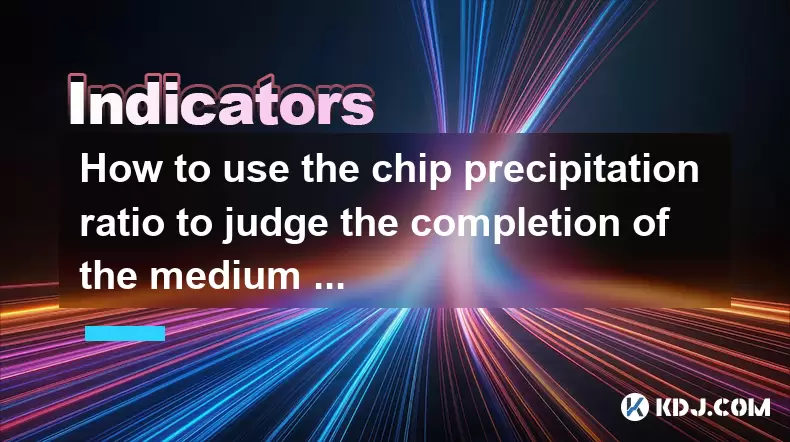
How to use the chip precipitation ratio to judge the completion of the medium and long-term bottom construction?
Jun 04,2025 at 03:36am
The chip precipitation ratio is a crucial metric used by investors to assess the accumulation of chips (or shares) at different price levels over time. This ratio helps in understanding the distribution of chips and can be a powerful tool for determining the completion of medium and long-term bottom construction in the cryptocurrency market. By analyzin...
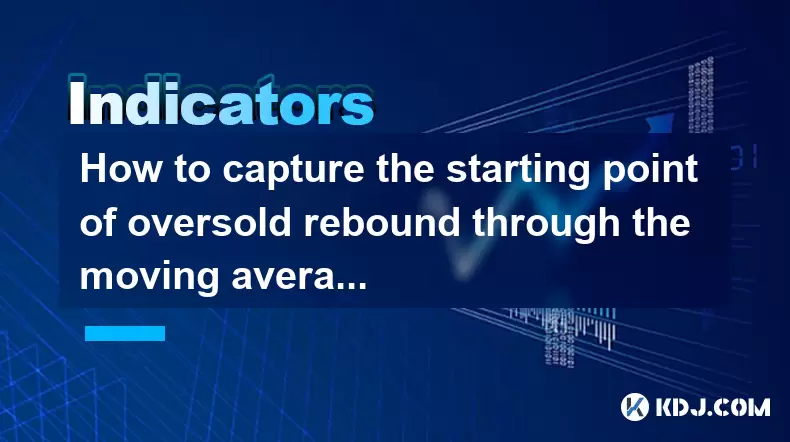
How to capture the starting point of oversold rebound through the moving average gravity reversal strategy?
Jun 04,2025 at 01:01pm
The moving average gravity reversal strategy is a sophisticated approach used by traders to identify potential entry points for buying cryptocurrencies when they are considered oversold. This strategy leverages the concept of moving averages to pinpoint moments when a cryptocurrency might be poised for a rebound. In this article, we will delve into the ...
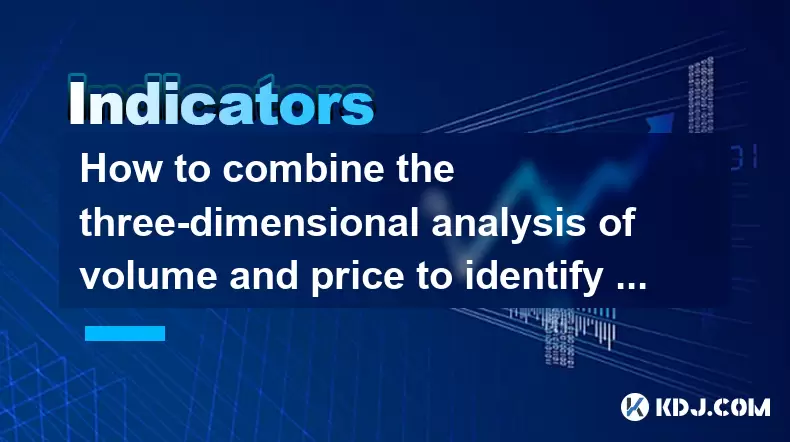
How to combine the three-dimensional analysis of volume and price to identify the golden buying point of breakthrough and retracement?
Jun 03,2025 at 11:42pm
In the dynamic world of cryptocurrencies, identifying the optimal buying points is crucial for maximizing profits and minimizing risks. One effective method to achieve this is by combining three-dimensional analysis of volume and price to pinpoint the golden buying points during breakouts and retracements. This article will delve into how to use this ap...
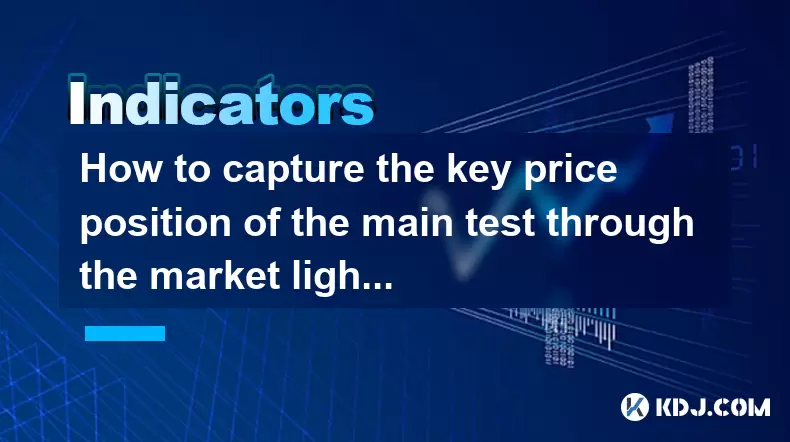
How to capture the key price position of the main test through the market lightning chart?
Jun 02,2025 at 06:07pm
Introduction to Market Lightning ChartThe market lightning chart is a powerful tool used by cryptocurrency traders to visualize price movements and identify key price positions. This chart type provides a detailed view of market activity, allowing traders to spot trends, reversals, and other significant price levels quickly. By understanding how to use ...
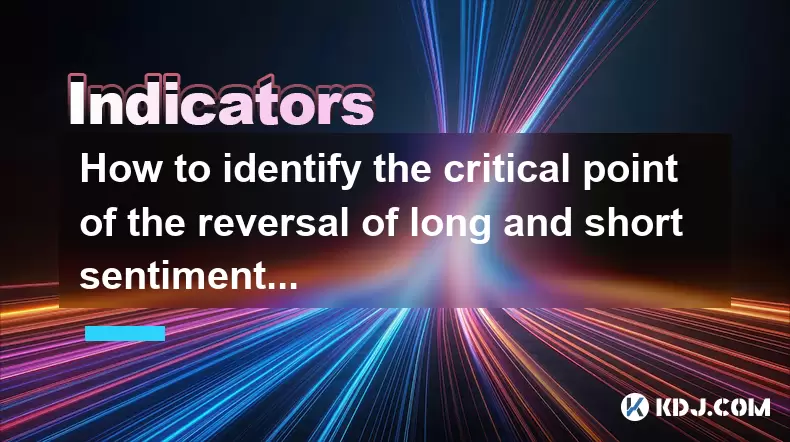
How to identify the critical point of the reversal of long and short sentiment through the K-line reverse package combination?
Jun 01,2025 at 03:36pm
In the world of cryptocurrency trading, understanding the sentiment of the market is crucial for making informed decisions. One effective method to gauge the potential reversal of long and short sentiment is through the analysis of K-line reverse package combinations. This technique involves studying specific patterns and formations within the K-line ch...
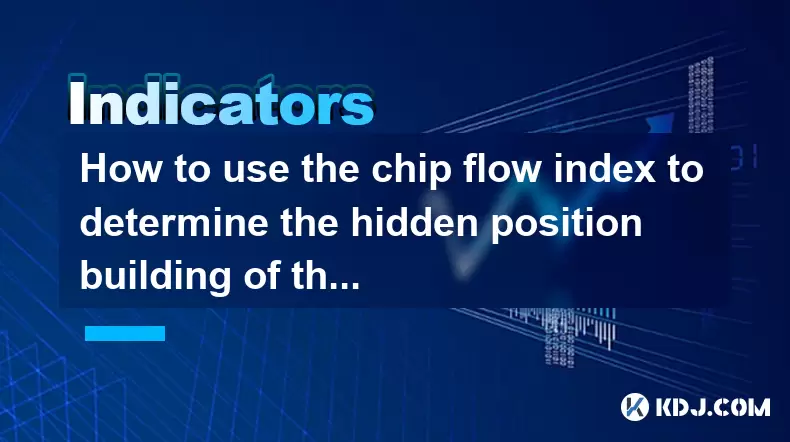
How to use the chip flow index to determine the hidden position building of the main funds?
Jun 01,2025 at 06:57pm
The Chip Flow Index (CFI), often referred to as the Volume Weighted Average Price (VWAP), is a crucial tool used by traders and investors to analyze the behavior of major funds in the cryptocurrency market. Understanding how to use the CFI can provide insights into the hidden position building of these main funds, which is essential for making informed ...

How to use the chip precipitation ratio to judge the completion of the medium and long-term bottom construction?
Jun 04,2025 at 03:36am
The chip precipitation ratio is a crucial metric used by investors to assess the accumulation of chips (or shares) at different price levels over time. This ratio helps in understanding the distribution of chips and can be a powerful tool for determining the completion of medium and long-term bottom construction in the cryptocurrency market. By analyzin...

How to capture the starting point of oversold rebound through the moving average gravity reversal strategy?
Jun 04,2025 at 01:01pm
The moving average gravity reversal strategy is a sophisticated approach used by traders to identify potential entry points for buying cryptocurrencies when they are considered oversold. This strategy leverages the concept of moving averages to pinpoint moments when a cryptocurrency might be poised for a rebound. In this article, we will delve into the ...

How to combine the three-dimensional analysis of volume and price to identify the golden buying point of breakthrough and retracement?
Jun 03,2025 at 11:42pm
In the dynamic world of cryptocurrencies, identifying the optimal buying points is crucial for maximizing profits and minimizing risks. One effective method to achieve this is by combining three-dimensional analysis of volume and price to pinpoint the golden buying points during breakouts and retracements. This article will delve into how to use this ap...

How to capture the key price position of the main test through the market lightning chart?
Jun 02,2025 at 06:07pm
Introduction to Market Lightning ChartThe market lightning chart is a powerful tool used by cryptocurrency traders to visualize price movements and identify key price positions. This chart type provides a detailed view of market activity, allowing traders to spot trends, reversals, and other significant price levels quickly. By understanding how to use ...

How to identify the critical point of the reversal of long and short sentiment through the K-line reverse package combination?
Jun 01,2025 at 03:36pm
In the world of cryptocurrency trading, understanding the sentiment of the market is crucial for making informed decisions. One effective method to gauge the potential reversal of long and short sentiment is through the analysis of K-line reverse package combinations. This technique involves studying specific patterns and formations within the K-line ch...

How to use the chip flow index to determine the hidden position building of the main funds?
Jun 01,2025 at 06:57pm
The Chip Flow Index (CFI), often referred to as the Volume Weighted Average Price (VWAP), is a crucial tool used by traders and investors to analyze the behavior of major funds in the cryptocurrency market. Understanding how to use the CFI can provide insights into the hidden position building of these main funds, which is essential for making informed ...
See all articles























































































